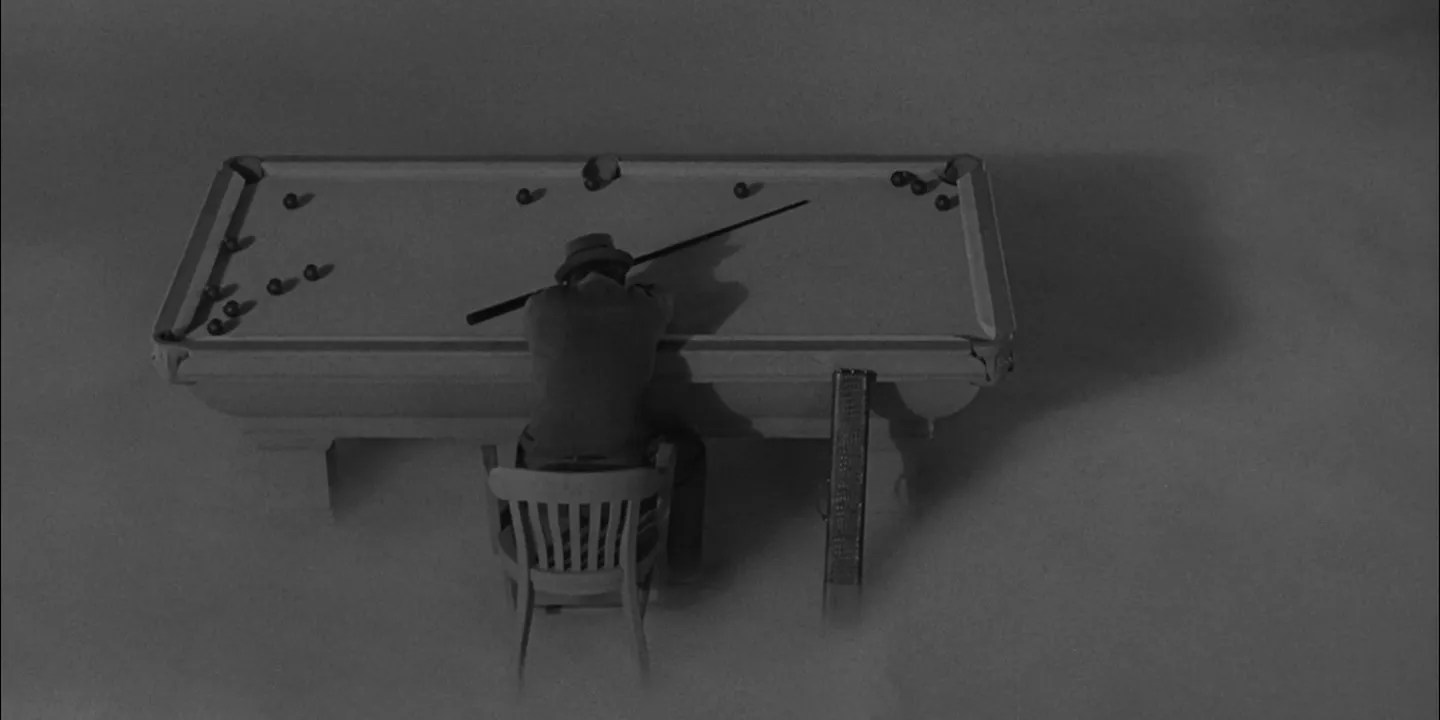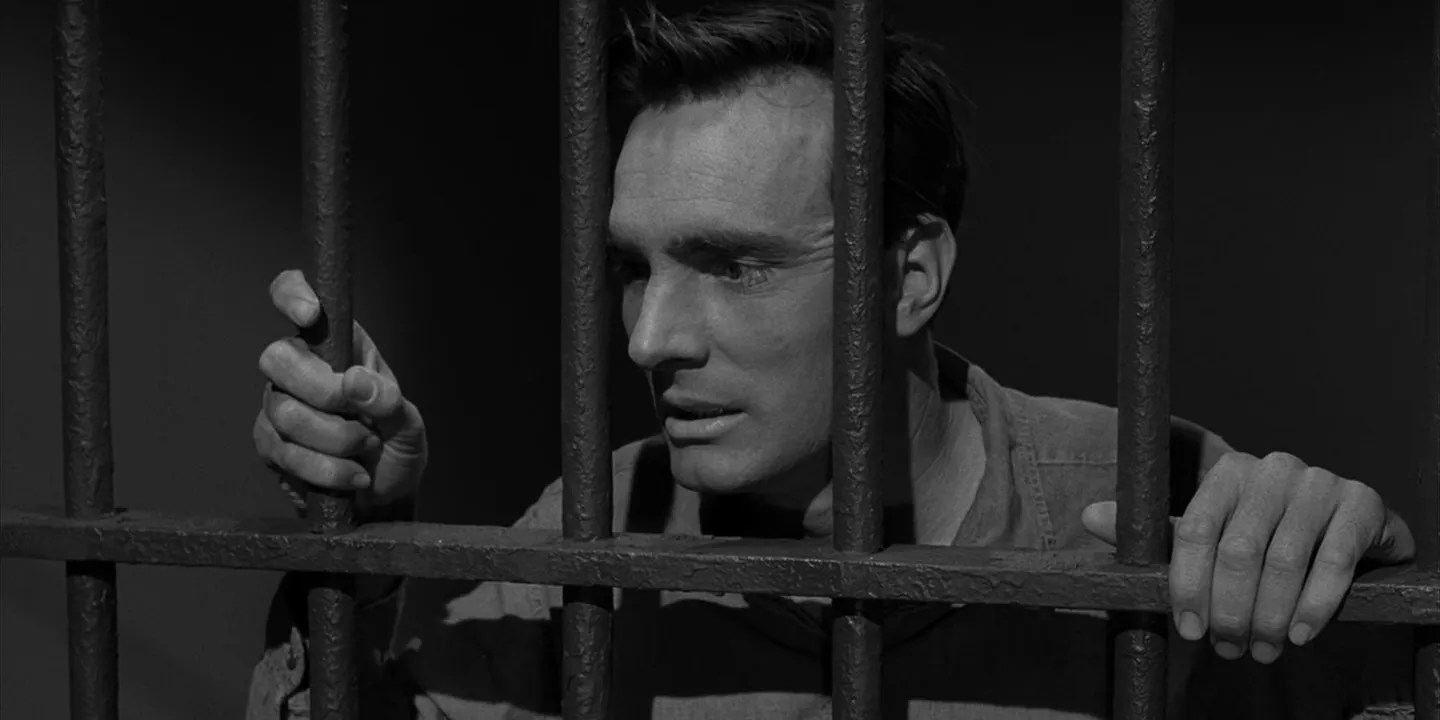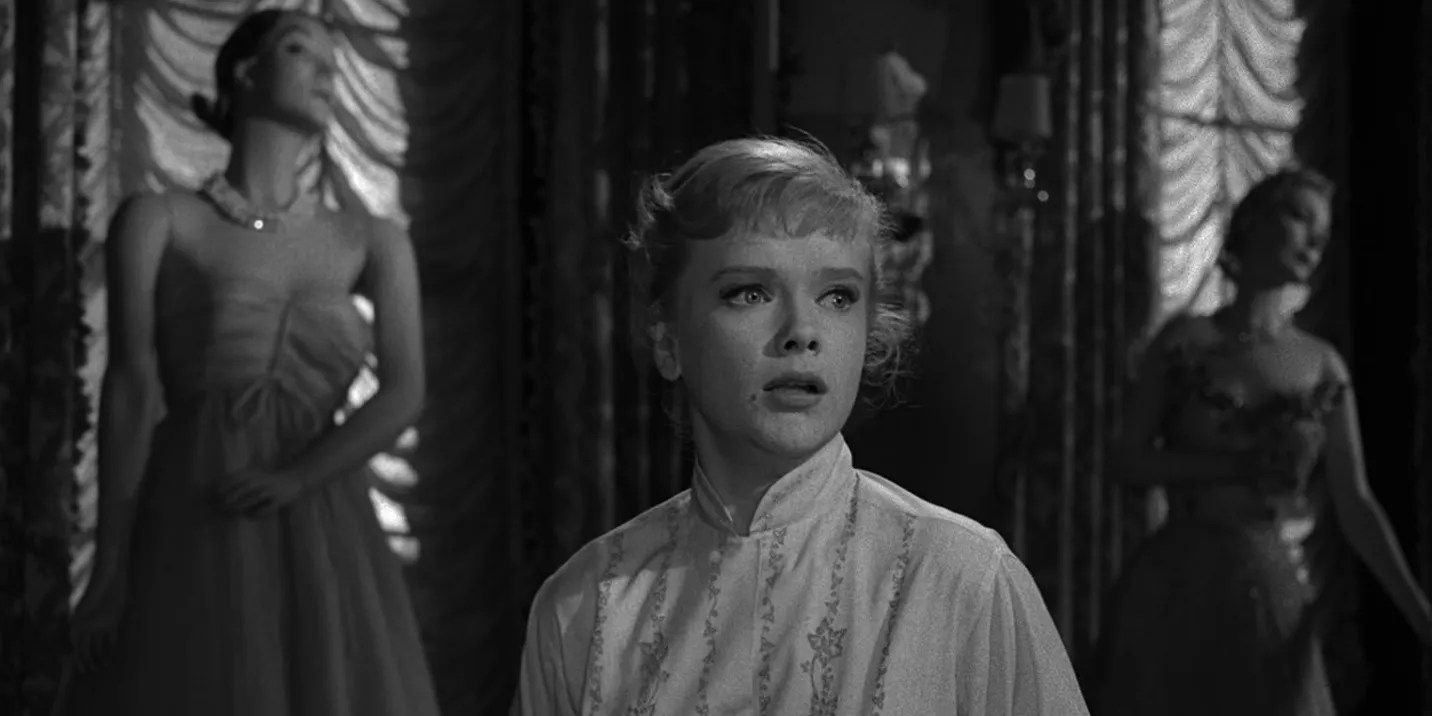Summary
Given contemporary culture’s fascination with remakes and reboots, it can be easy to forget that the practice has been going on for decades (if not centuries). For instance, Bram Stoker’sDraculahas been reinterpretedon many occasions, both officially and unofficially, while Rod Serling’sThe Twilight Zonehas spawned multiple iterations in the years following the end of the original series.
While these updated takes on the show told a range of new stories, they also remade and repackaged narratives from Serling’s original. Some of these remakes expand on the original to create a new experience, while others attempt to recapture an audience’s nostalgia by slavishly reproducing pre-existing classics.

1"Kick The Can"
Season 3, Episode 21 | Remade as Twilight Zone: The Movie (1983)
The original “Kick the Can” is such a twee piece of television that it’s a wonder thatthe esteemed Steven Spielbergchose to adapt it as his contribution toTwilight Zone: The Movie. Disenchanted old people are given the chance to be young again in the original, although one grouchy senior citizen is unable to recapture his inner child.
Spielberg’s remake follows a similar theme, although the climax is markedly different: having recaptured their youth, most of the characters decide to return to their elderly states. While the takes differ in execution, they are united in quality (neither is particularly good).

2"Eye Of The Beholder"
Season 2, Episode 6 | Remade as “Eye Of The Beholder” (2003)
“Eye of the Beholder” is one ofThe Twilight Zone’s most iconic installments. Indeed, the producers of the 2002–2003 iteration of the series seem to have followed an “if it ain’t broke, don’t fix it” philosophy, as their remake copies the original nearly to the letter (Serling’s teleplay is reused with slight alterations).
The biggest changes are visual, with the infamous disfigured society lookingmore likeFallout’s Ghoulsthan the farmyard animals of the 1960 episode. Model Molly Sims takes on the role of the ugly (or beautiful) Janet Tyler, and while her performance is adequate, it never breaks new ground. This is the remake’s main problem—its paint-by-numbers approach to the source material means that it fails to justify its own existence.

3"The Night Of The Meek"
Season 2, Episode 11 | Remade as “Night Of The Meek” (1985)
Rather than using the supernatural to illuminate the darker side of human nature, “The Night of the Meek” is a seasonal tale about a down-on-his-luck store Santa. While it’s by no means a classic, the episode is a charming (if saccharine)change of pace.
The episode’s 1985 remake drops the definite article from the title and makes a few changes to the plot. However, the core narrative is more or less identical (save for some hideous 1980s special effects), meaning that viewers are perhaps better served by sticking with the original.

4"A Game Of Pool"
Season 3, Episode 5 | Remade as “A Game Of Pool” (1989)
In the 1961 original, Jack Klugman’s Jesse faces off with legendary (and ghostly) pool player “Fats” Brown (Jonathan Winters). Jesse aims to prove that he is the world’s best pool player by beating his ectoplasmic opponent, although his reward for doing so is suitably ironic.
Interestingly, the original episode’s ending went against writer George Clayton Johnson’s original premise: he intended Jesse to lose. Johnson was able to tell his version of the story in 1989’s iteration of the episode. While the remake is truer to Johnson’s vision, it is clear to see why Serling changed it, as the remake lacks the irony that flavorsThe Twilight Zone’s most iconic twists.

5"Nightmare At 20,000 Feet"
Season 5, Episode 3 | Remade as Twilight Zone: The Movie (1983) and “Nightmare At 30,000 Feet” (2019)
“Nightmare at 20,000 Feet” is one ofThe Twilight Zone’s most iconic episodes, thanks toa hammy performance by William Shatnerand its memorably silly monster. The remake inTwilight Zone: The Movietrades Shatner for John Lithgow, resulting in a horror-heavy reinterpretation of the air travel fever dream.
A quasi-remake aired in 2019. Adam Scott plays a traumatized journalist who, rather than seeing a gremlin on the plane’s wing, learns of the aircraft’s impending destruction via a mysterious podcast. While this modernization does try something new, it lacks the memorable goofiness of the narrative’s prior iterations.

“Dead Man’s Shoes” is one of the few episodes to be remade not once, but twice (although each iteration is a variation on a theme). Charles Beaumont’s original episode involves the discovery of a pair of haunted shoes by a homeless man, who becomes possessed by the ghost of the shoes' original owner. This possession drives him to attempt to avenge the owner’s murder.
The episode was initially remade as “Dead Woman’s Shoes,” in whicha thrift store employee(Helen Mirren) discovers a pair of haunted heels. In “Dead Man’s Eyes” (2002), a widow (Portia de Rossi) experiences visions of her late husband’s murder while wearing his glasses, but all is not quite as it seems. Of the two remakes, the latter is the more inventive, though the final twist is a little confusing.

7"Shadow Play"
Season 2, Episode 26 | Remade as “Shadow Play” (1986)
“Shadow Play” concerns a man on death row (Dennis Weaver) who is convinced that he is experiencinga recurring nightmare. The episode blurs the lines between fantasy and reality to create a tense drama: the prisoner believes that the people in his dream will die if he is executed.
The 1986 remake is an engaging episode that updates the source material without seriously diverging from it. As such, it may be considered inessential, but, thanks to some strong performances, it manages to capture the same sense of tension that defined the original.

8"The Monsters Are Due On Maple Street"
Season 1, Episode 22 | Remade as “The Monsters Are On Maple Street” (2003)
“The Monsters Are Due on Maple Street” delves into Cold War fears about Communist infiltration. The episode sees an American suburb torn apart as neighbors accuse one another of being enemy aliens. It’s one of the show’s more on-the-nose metaphors, butitsAmong Us-esque tensionresults in a memorable episode.
The episode was updated as “The Monsters Are on Maple Street” in 2003, with a focus on post-9/11 concerns about terrorism. The remake lacks the science fiction elements of the original (the aliens are replaced by the US government) but is a good example of how classic episodes can be updated to address contemporary anxieties.

9"The After Hours"
Season 1, Episode 34 | Remade as “The After Hours” (1986)
“The After Hours” is an example ofThe Twilight Zoneat its best andits creepiest. Marsha (Anne Francis) visits a department store only to discover the shocking truth about her own identity.
The remake offers its distinctive take on the source material. For instance, the decision to make Marsha (Terry Farrell) an unwilling participant in the narrative’s conclusion makes for some memorably gruesome body horror. The remake of “The After Hours” may be a little cheesy, but its fresh take on the formula makes it well worth checking out.

10"It’s A Good Life"
Season 3, Episode 8 | Remade as Twilight Zone: The Movie (1983)
“It’s a Good Life” features one ofThe Twilight Zone’s most iconic villains: Anthony Freemont (Bill Mumy). Anthony uses his supernatural powers to rule over the local adults: those who disobey him are punished in cruel and bizarre ways. The episode’s status as one of the show’s most famous made it an understandable candidate for a reinterpretation in 1983’sTwilight Zone: The Movie.
Helmed by Joe Dante, the remake ramps up the surrealism to create a genuinely disturbing segment. Excellent performances from Kathleen Quinlan and Jeremy Licht make the effort not only the best part ofthe anthology moviebut also one of the best new takes on an existing narrative withinThe Twilight Zone’s canon.